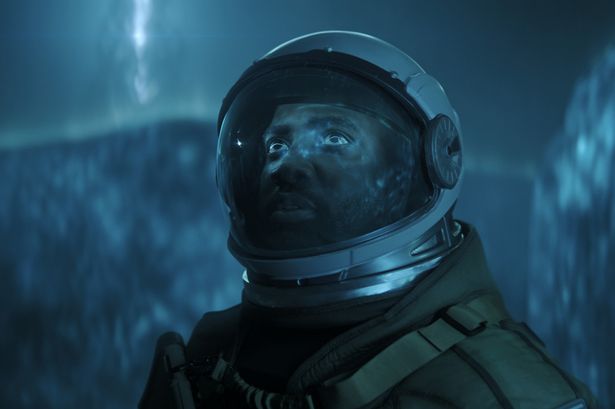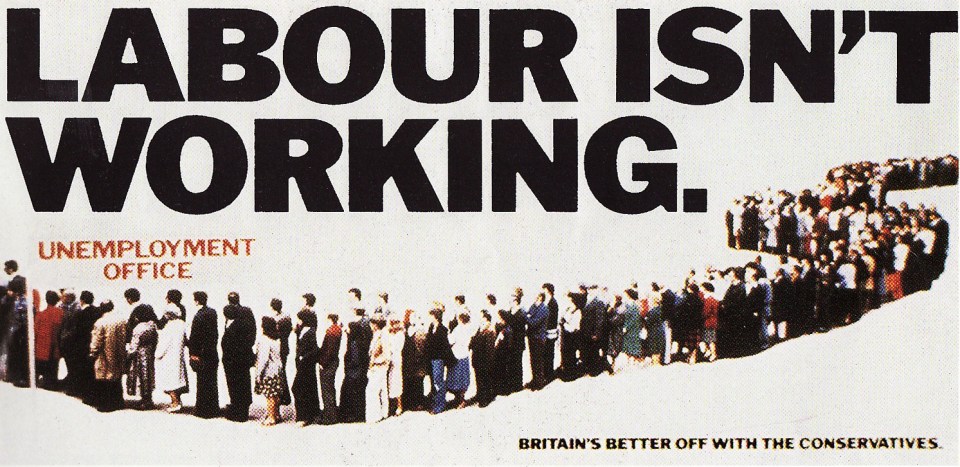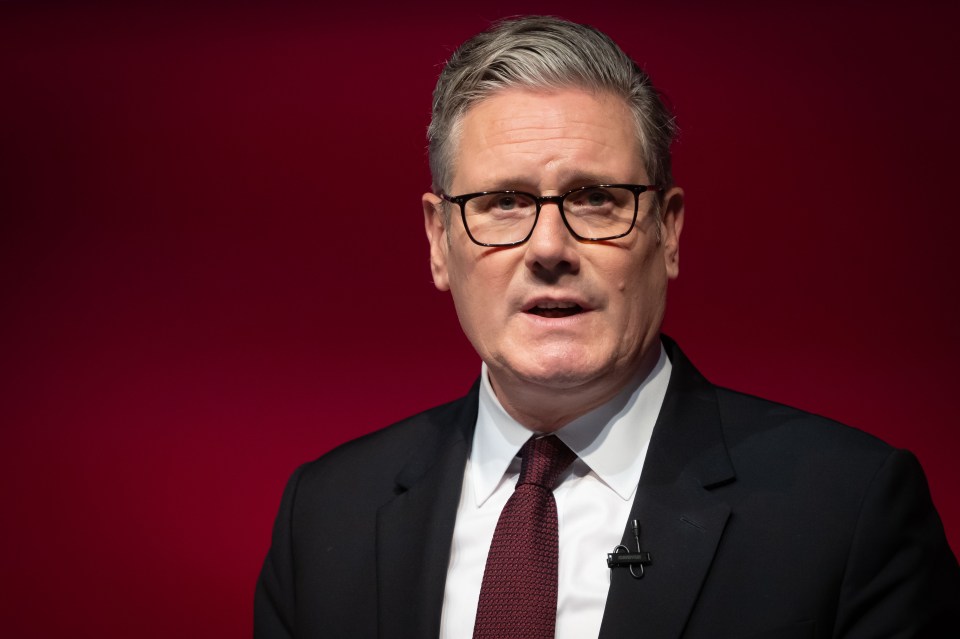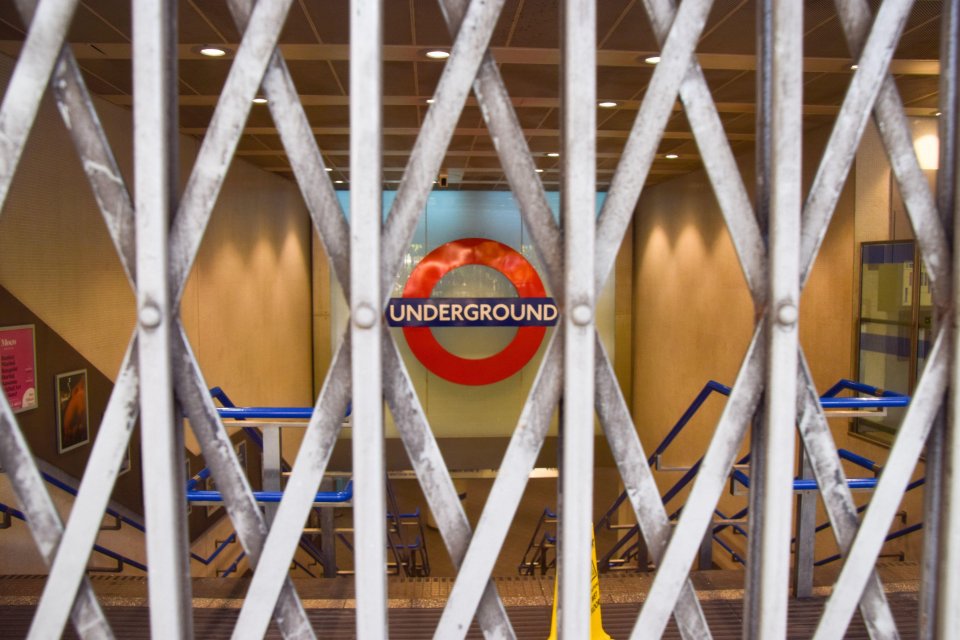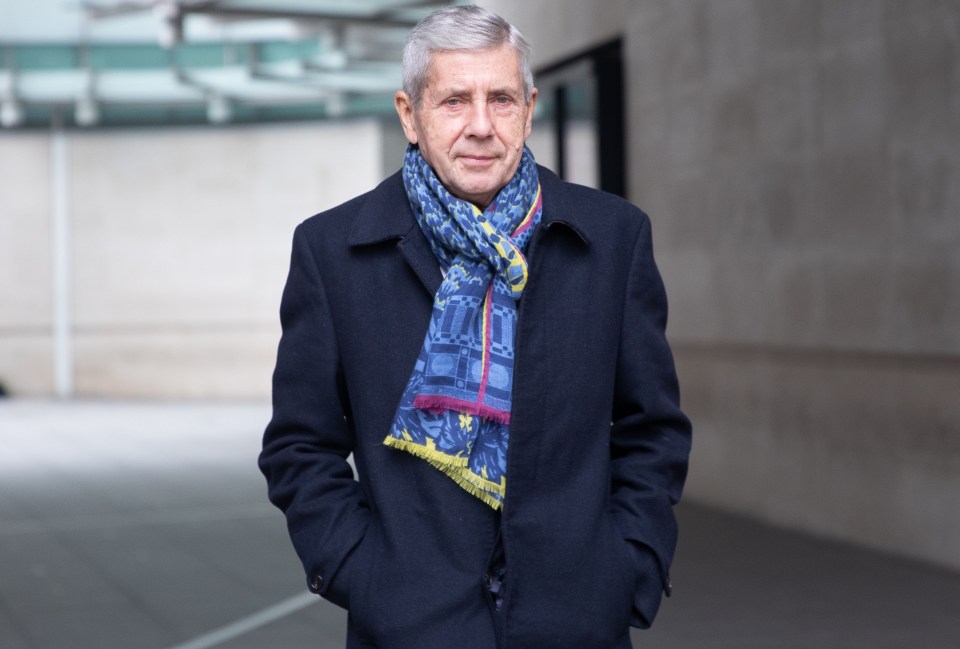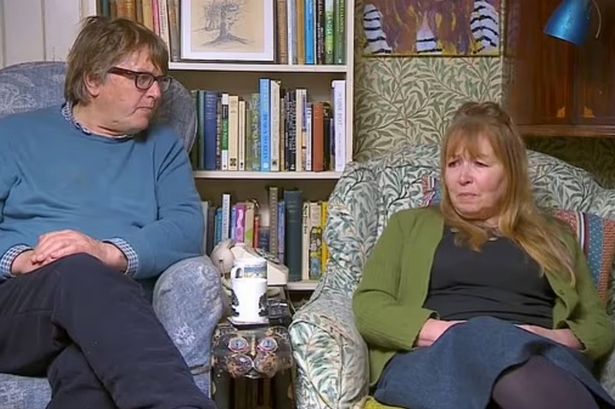The square root of absolutely nothing happens in each episode, but I’m still watching every week!
A lavish sci-fi series with characters so bad you find yourself rooting for the evil aliens plotting to conquer Earth, Apple TV’s Invasion is the latest show that outstays its welcome after some early success.The first series was held together by a group of child actors, the second was held together by stunning visuals, but the third season is held together by… nothing at all.
At best, Apple TV’s Invasion is a victim of its own success and has been drawn out for one or two seasons too long. With an undeserved 6.2/10 on IMDB, it’s absolutely not worth your time – but for me, it is too late.
The third season boasts the usual high production values you get from an Apple series, but the script is abysmal (featuring timeless quips like the age-old “In English, please?!”) as it follows the violent spikey black aliens who, out of nowhere, have re-launched their invasion on Earth.
I have recently found solace in a community on Reddit dedicated to trashing the programme. One person wrote: “Every single episode makes me wonder, ‘Did I fall asleep watching the last episode and miss something? Did I accidentally skip an episode?’”
I agree with them. But sifting through the exasperated posts, it seems we have more than our hatred in common. We all, like a dog with a bone, return each and every Friday for another hit of this endlessly disappointing series.
Another wrote: “The season is almost over and nothing has happened yet. We saw one clear alien with a wounded leg, who seemed to be about as aggressive as a stoned jellyfish, and three hunter killers in a hole in the ground.
“I think it’s safe to say that this isn’t a sci-fi as much as it is an unfunny sitcom with annoying characters who are always whining about the invisible aliens winning a war.” Very true.
I think the reason for our slot-machine addiction to Invasion is the promise of the first season. That was almost entirely down to the young acting prowess of Billy Barratt (Caspar Morrow), India Brown (Jamila Huston) and Paddy Holland (Monty Cuttermill). We see them overcome school bully and victim dynamics, traverse the English Channel and unlock communication with the terrifying morphing alien beasts.
The sparkly performances from all three casts a Goonies-like magic on the plot and has you gunning for the humans – unlike some of the other characters who make you wonder if it’s actually time for an alien takeover.
Huston’s performance is certainly an anchor in the third season, but she is outnumbered by griege special effects and gaping plotholes, while the loss of her schoolmates is palpable. I am convinced that some distant promise of a reunion of the young stars is what is keeping us locked in.
One Redditor wrote of Barratt’s unexplained absence in the third season: “My guess is they have left it open for him to come back. I hope he does. But, with the quality of the show in decline, the actor may decide he doesn’t want to, especially if he is getting other offers.
“With the poor quality of script writing and character development, I can’t imagine it’s a very rewarding acting experience for the cast.”
For now, we are left with an indistinguishably twisty plotline that follows some of the most annoying characters on screen, even though I will be tuning in for every single episode and beyond!
